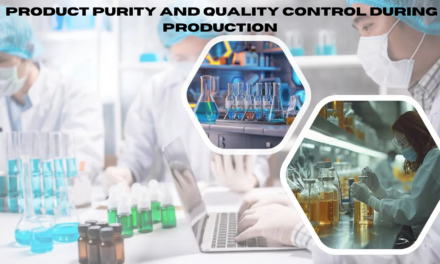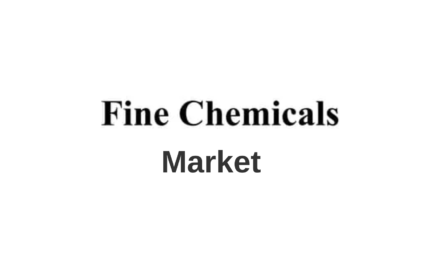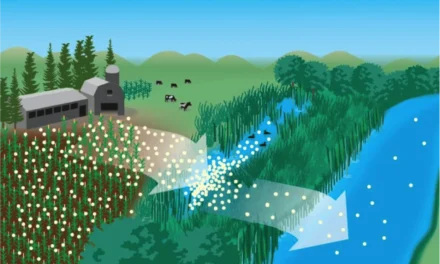Proper disposal of pharmaceutical waste is critical for protecting human health, the environment, and ensuring compliance with regulatory requirements. Pharmaceutical waste can include expired drugs, contaminated materials, manufacturing by-products, and unused or returned products. Implementing best practices ensures effective waste management while minimizing risks. Below are the best practices for pharmaceutical waste disposal:
1. Classification of Pharmaceutical Waste
- Identify Waste Types:
- Hazardous Waste:
- Contains toxic, reactive, corrosive, or flammable (e.g., chemotherapy drugs, solvents).
- Non-Hazardous Waste:
- Includes materials not classified as hazardous but still require proper disposal (e.g., expired over-the-counter medications).
- Controlled Substances:
- Drugs regulated under controlled substances laws (e.g., opioids).
- Infectious Waste:
- Includes materials contaminated with blood or body fluids.
- Hazardous Waste:
- Segregate Waste:
- Use color-coded bins to separate waste by type (e.g., black for hazardous, yellow for infectious).
2. Adherence to Regulatory Requirements
- Local Regulations:
- Follow country-specific waste disposal laws and guidelines (e.g., EPA regulations in the U.S., EU Waste Framework Directive in Europe).
- Controlled Substances Compliance:
- Ensure proper handling and documentation for controlled substances as per the DEA (U.S.) or equivalent agencies.
- International Standards:
- Adhere to WHO guidelines for pharmaceutical waste management.
3. Safe Collection and Storage
- Proper Containers:
- Use leak-proof, puncture-resistant containers for hazardous and sharp waste.
- Labeling:
- Clearly label containers with waste type and associated hazards.
- Storage:
- Store waste in a secure, designated area away from production and public access until disposal.
4. Disposal Methods
- Incineration:
- High-temperature incineration is the most effective method for hazardous pharmaceutical waste, including cytotoxic drugs.
- Ensure incinerators comply with emissions standards to avoid releasing harmful pollutants.
- Chemical Neutralization:
- Neutralize hazardous waste chemicals, such as acids and bases, before disposal.
- Autoclaving:
- Used for sterilizing infectious waste before disposal.
- Landfill Disposal:
- Non-hazardous waste can be disposed of in designated sanitary landfills.
- Reverse Distribution:
- Return unused or expired products to manufacturers for proper disposal or recycling.
5. Minimizing Waste Generation
- Efficient Inventory Management:
- Avoid overstocking drugs to reduce expiration-related waste.
- Process Optimization:
- Optimize manufacturing processes to minimize by-product generation.
- Use of Green Chemistry:
- Adopt sustainable practices to reduce hazardous chemical use.
6. Employee Training and Awareness
- Education Programs:
- Train employees on proper waste segregation, handling, and disposal procedures.
- Standard Operating Procedures (SOPs):
- Develop and enforce SOPs for waste management across all facilities.
7. Collaboration with Licensed Waste Disposal Providers
- Certified Vendors:
- Work with waste disposal companies certified to handle pharmaceutical waste.
- Audits:
- Regularly audit disposal vendors to ensure compliance with regulations.
8. Preventing Environmental Contamination
- Water Contamination:
- Avoid flushing pharmaceutical waste down drains to prevent water pollution.
- Air Pollution:
- Use incinerators with air scrubbers to minimize emissions of toxic gases.
- Soil Contamination:
- Dispose of waste only in approved landfills to prevent leaching into the soil.
9. Record Keeping and Documentation
- Maintain Logs:
- Keep detailed records of waste generation, transportation, and disposal.
- Waste Manifest System:
- Use a manifest system to track hazardous waste from generation to final disposal.
- Reporting:
- Submit required reports to regulatory authorities on waste disposal activities.
10. Promoting Public Awareness
- Take-Back Programs:
- Encourage consumers to return unused or expired drugs to pharmacies or collection sites.
- Community Education:
- Raise awareness about the environmental impact of improper pharmaceutical disposal.
11. Leveraging Technology
- Waste Tracking Systems:
- Use software to monitor waste streams and ensure compliance.
- AI and IoT Integration:
- Implement AI for predictive waste management and IoT for real-time monitoring.
12. Regular Audits and Continuous Improvement
- Internal Audits:
- Conduct periodic reviews of waste management practices to identify areas for improvement.
- Benchmarking:
- Compare practices against industry standards to ensure best-in-class compliance.
Conclusion
Adopting best practices for pharmaceutical waste disposal is essential for minimizing environmental impact, safeguarding public health, and maintaining regulatory compliance. By implementing proper waste classification, safe disposal methods, and employee training programs, the pharmaceutical industry can achieve sustainable and responsible waste management while contributing to global environmental conservation.
Hashtags
#PharmaWaste #WasteManagement #PharmaceuticalDisposal #SafeWasteDisposal #PharmaWasteSolutions #EnvironmentalFocus #SustainableDisposal #EcoFriendlyWasteManagement #GreenPharma #EnvironmentalSafety #ComplianceRegulations #WasteDisposalRegulations #PharmaCompliance #RegulatedDisposal #ESGInPharma #BestPractices #InnovativeWasteManagement #AdvancedWasteDisposal #SafeWasteHandling #PharmaSafetyStandards #CommunityAwareness #PublicHealthSafety #ProtectingThePlanet #PharmaWasteAwareness #EcoSafePractices

















